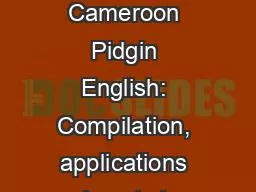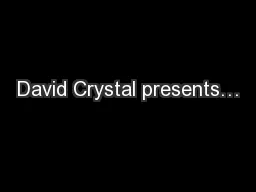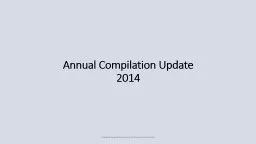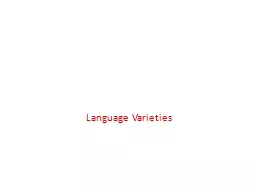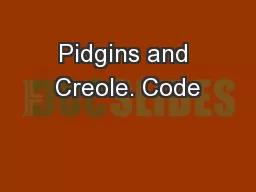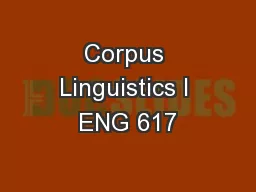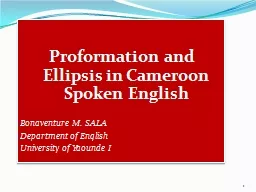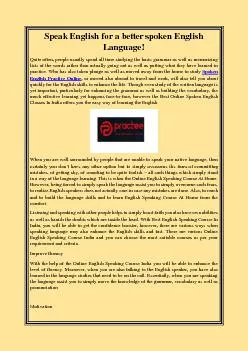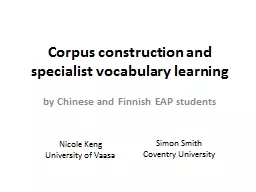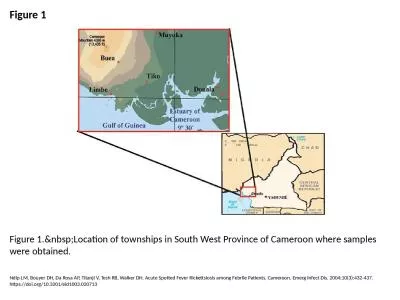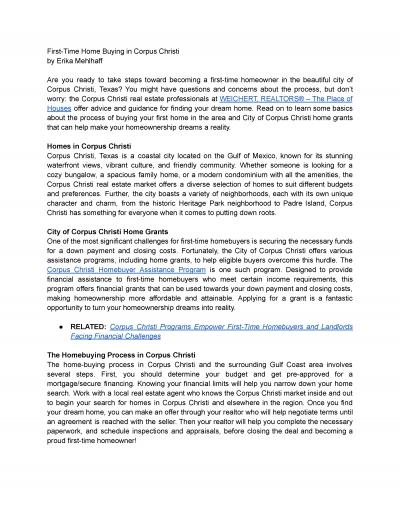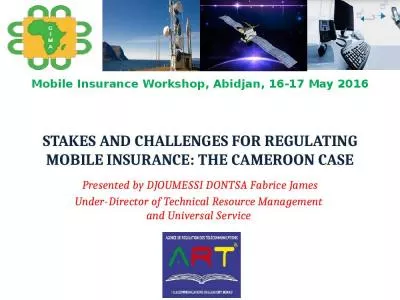PPT-A spoken corpus of Cameroon Pidgin English: Compilation, applications and next steps
Author : playhomey | Published Date : 2020-10-22
Melanie Green Sussex UK Gabriel Ozón Sheffield UK Philologica l Society Meeting 19 January 2019 Outline Overview of the project About the language Research context
Presentation Embed Code
Download Presentation
Download Presentation The PPT/PDF document "A spoken corpus of Cameroon Pidgin Engli..." is the property of its rightful owner. Permission is granted to download and print the materials on this website for personal, non-commercial use only, and to display it on your personal computer provided you do not modify the materials and that you retain all copyright notices contained in the materials. By downloading content from our website, you accept the terms of this agreement.
A spoken corpus of Cameroon Pidgin English: Compilation, applications and next steps: Transcript
Download Rules Of Document
"A spoken corpus of Cameroon Pidgin English: Compilation, applications and next steps"The content belongs to its owner. You may download and print it for personal use, without modification, and keep all copyright notices. By downloading, you agree to these terms.
Related Documents

